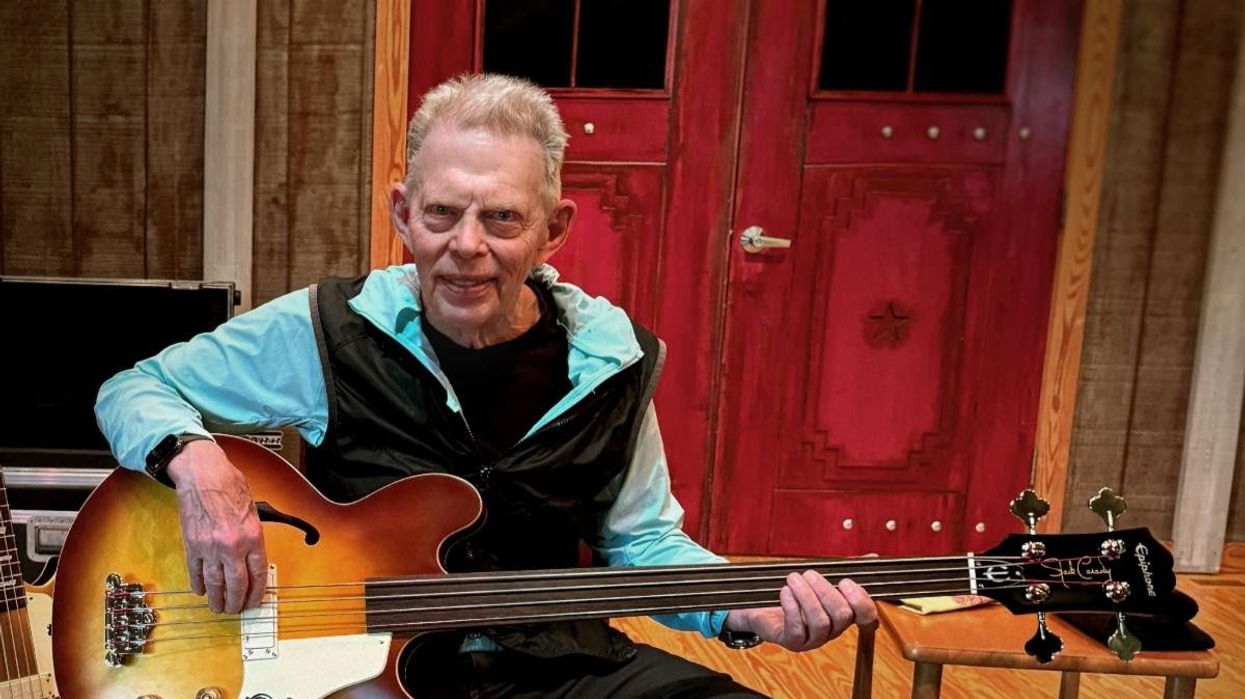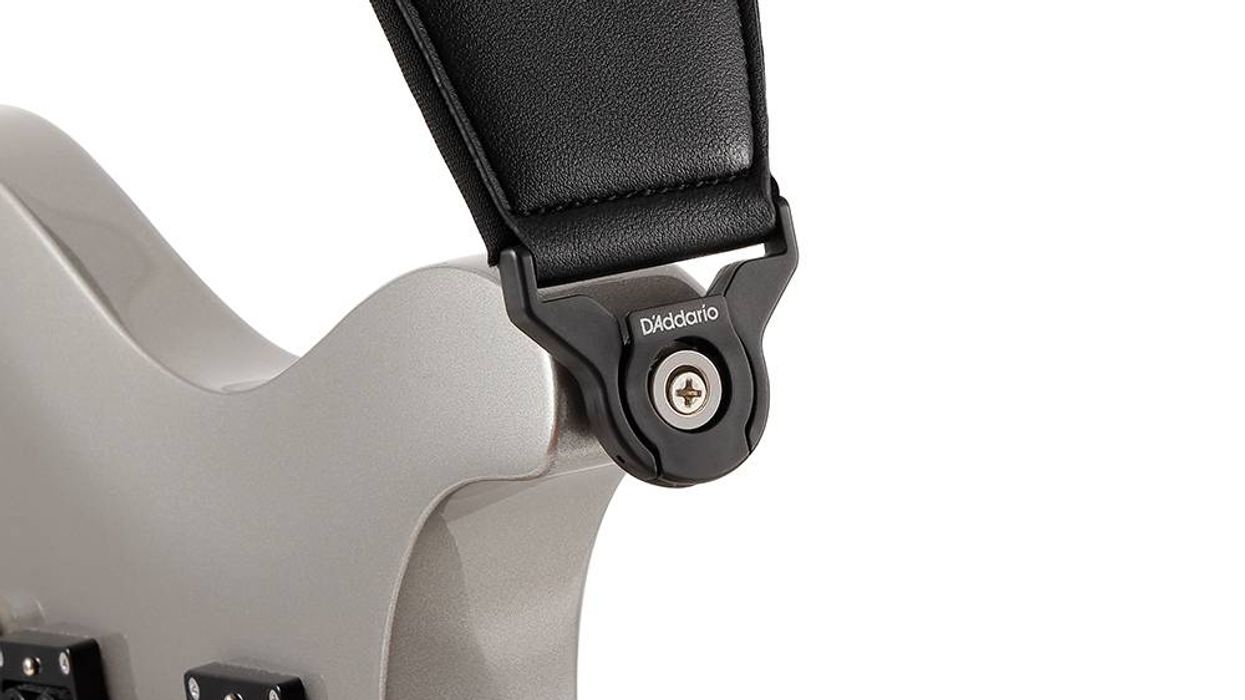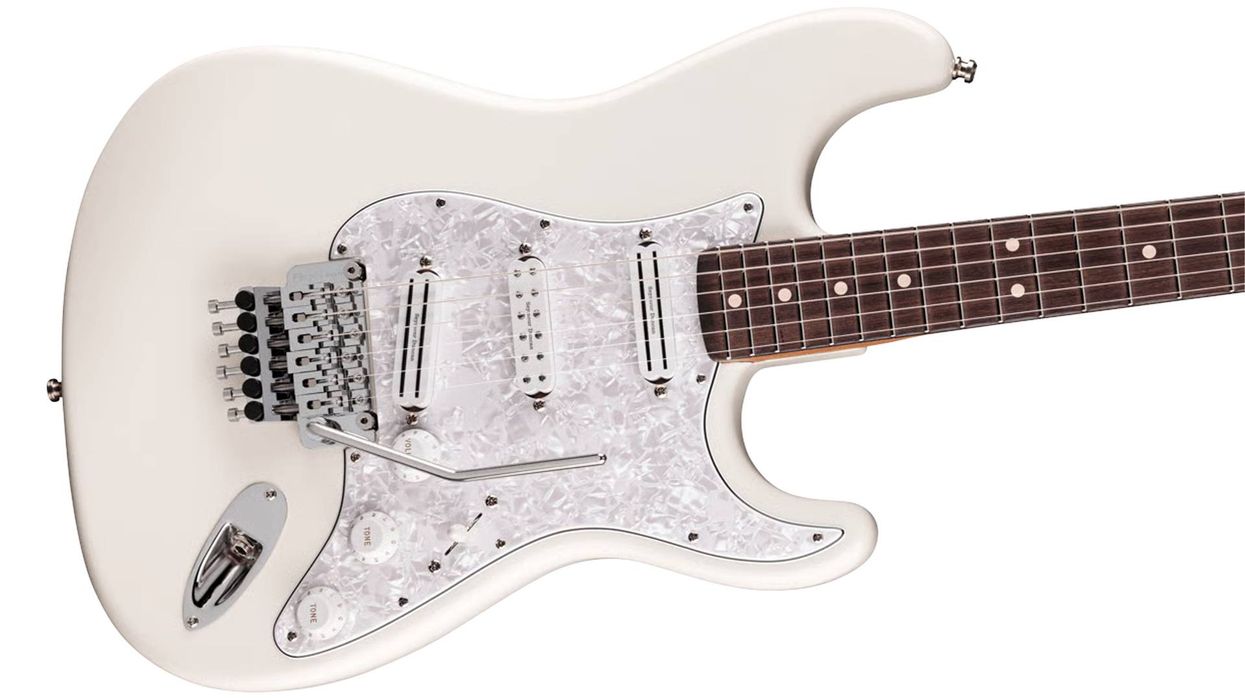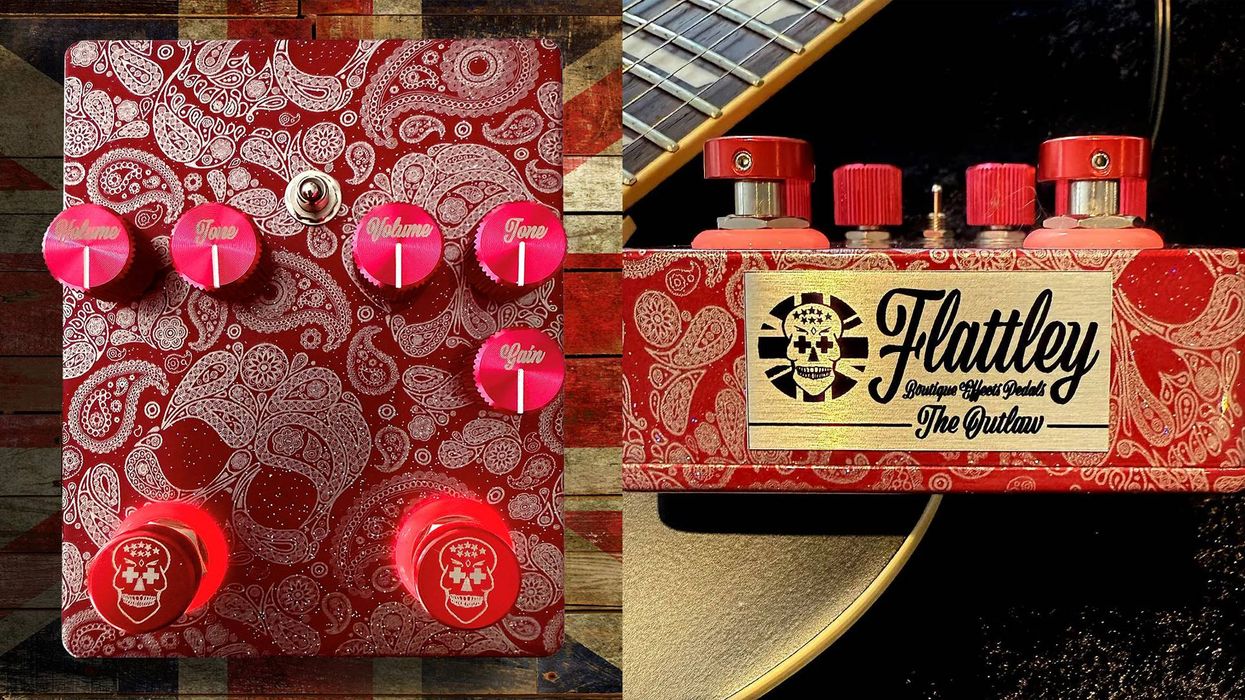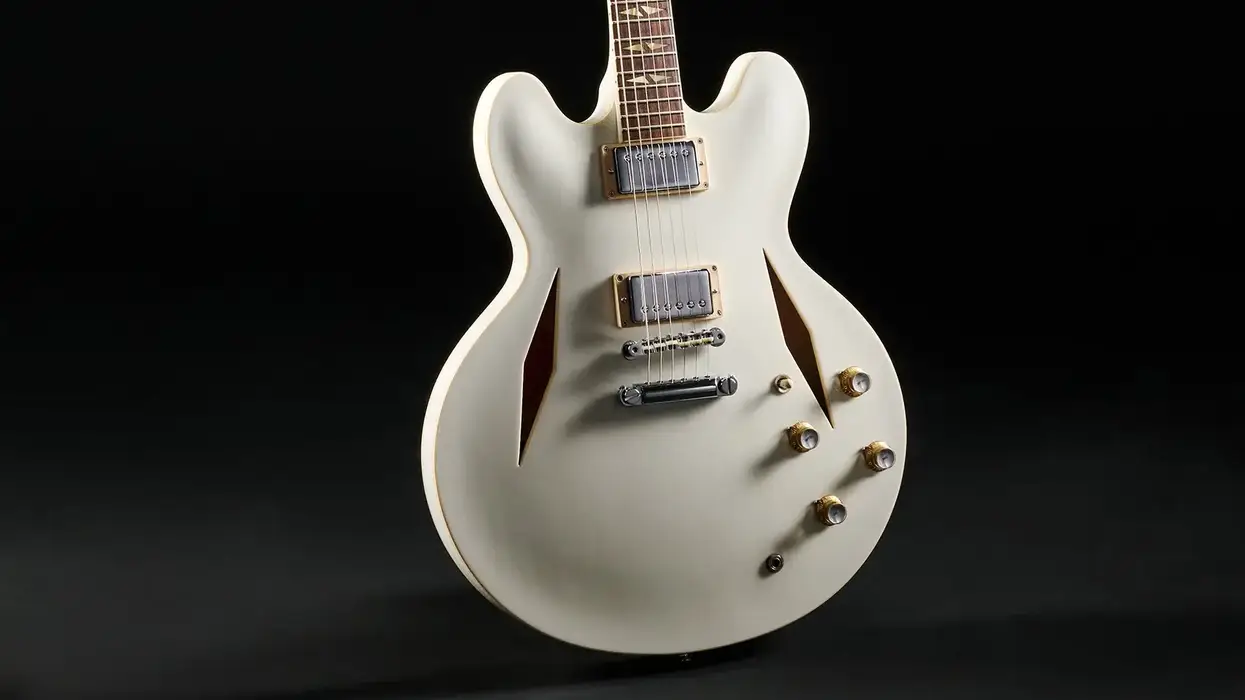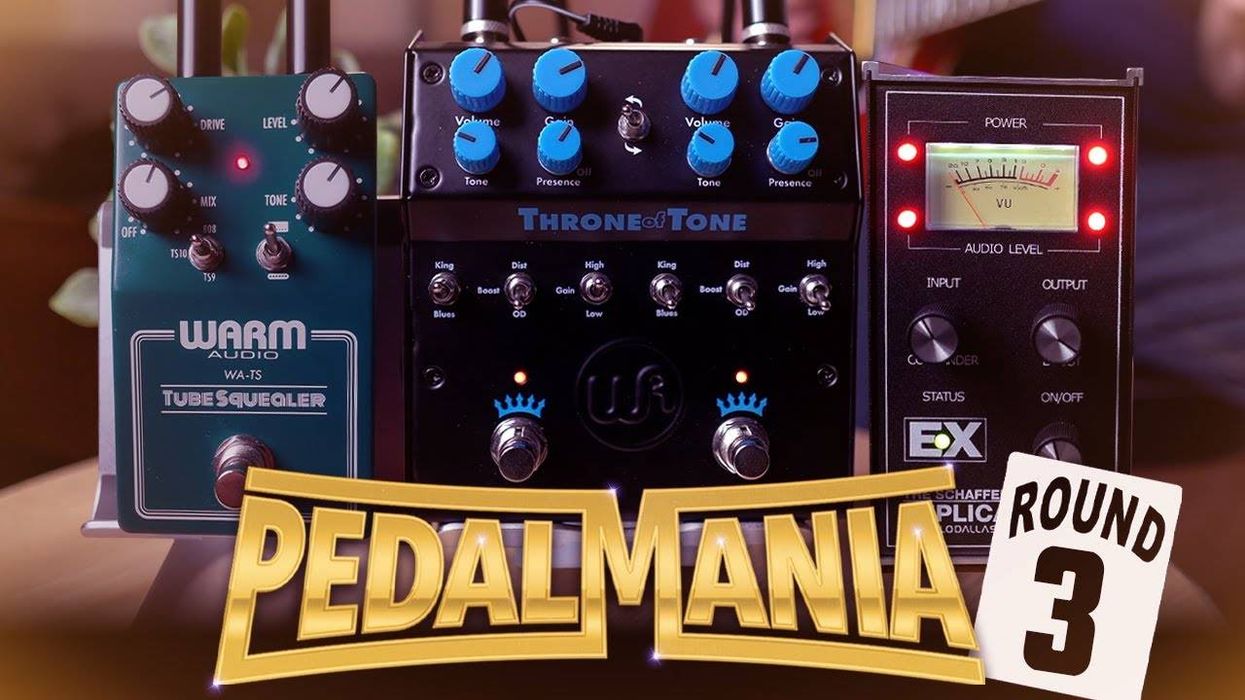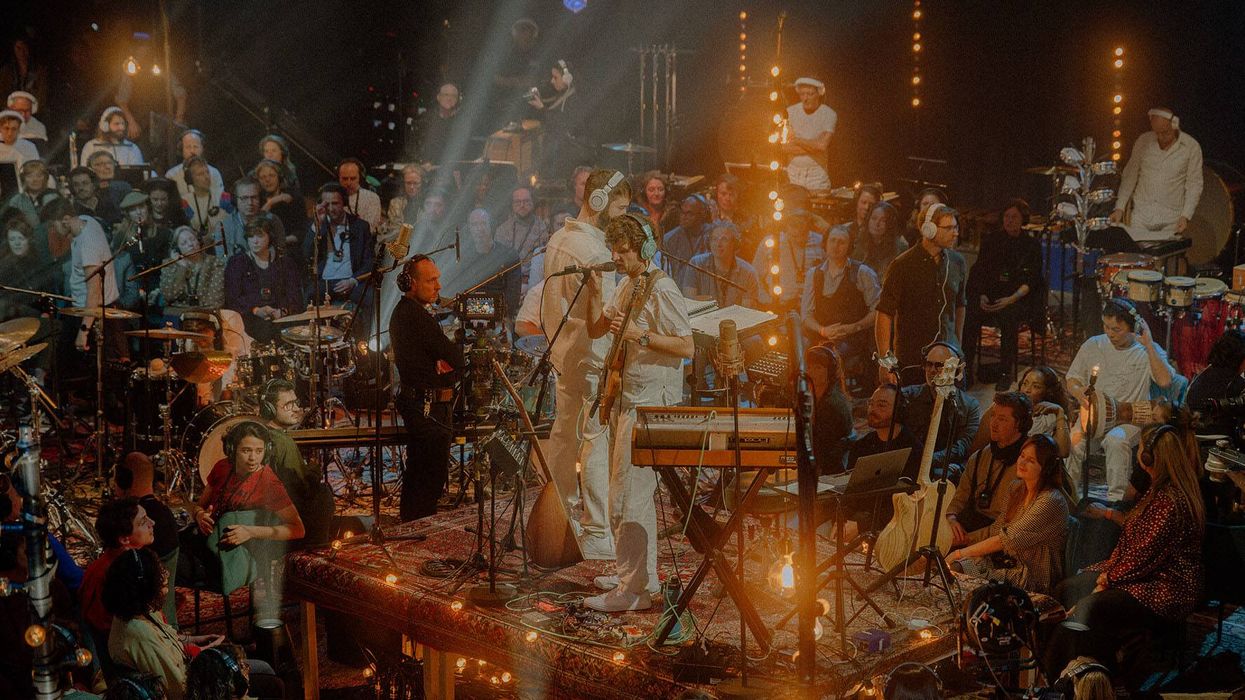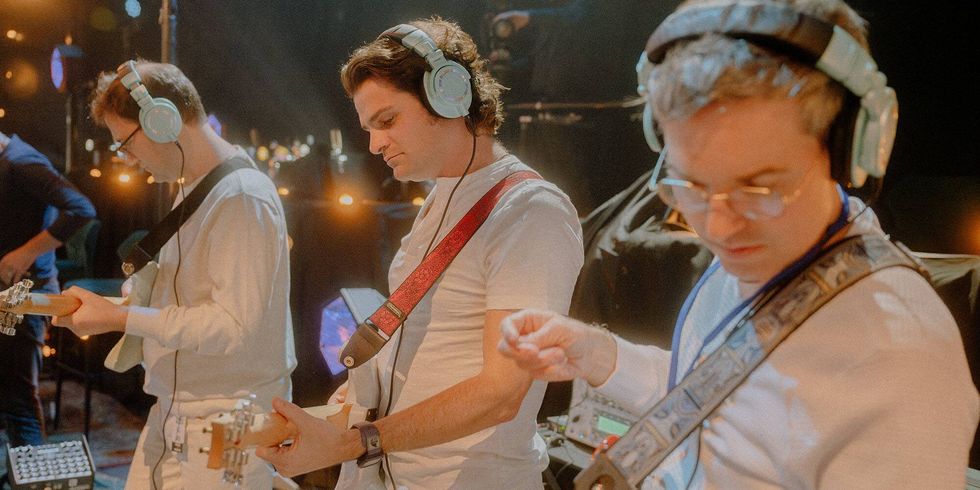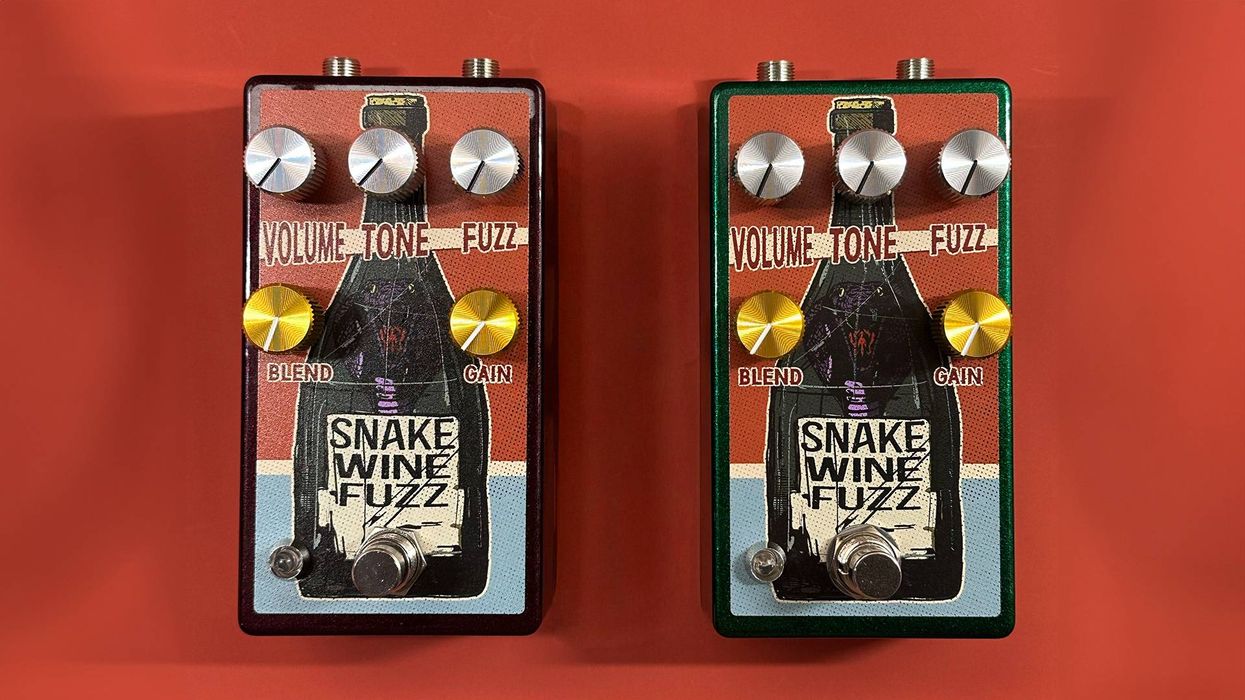Designed by legendary bass player and founding member of Jefferson Airplane, this instrument features a Casady-designed JCB-1 Low-Impedance Humbucker and a three-position rotary impedance control for versatile tones.
As a founding member of Jefferson Airplane and Hot Tuna, legendary bass player and Rock and Roll Hall of Fame Inductee Jack Casady’s full driving tone and innovative melodic bass work have defined the role of bass guitar in rock and roll for decades. Liberating the bass from its traditional role as part of the rhythm section, Jack’s pioneering approach to bass brought the instrument to the forefront. The new Epiphone Jack Casady Fretless Bass was and is the culmination of years of experimentation by Casady to find an instrument with superior electric tone and the response of an acoustic bass. It features the Casady-designed JCB-1 Low-Impedance Humbucker, and a three-position rotary impedance control for a wide range of tonal versatility.
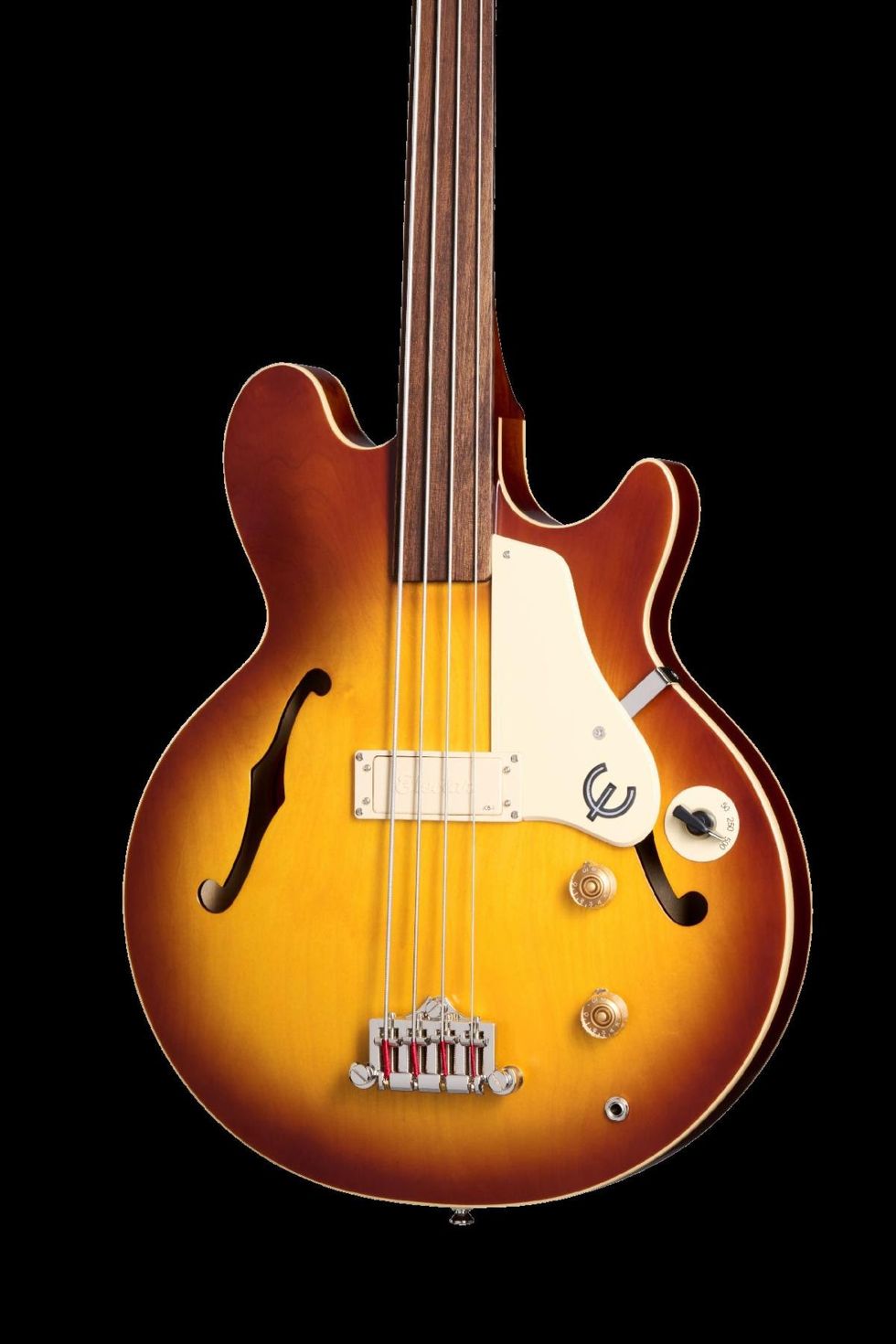
Jefferson Airplane’s debut, Jefferson Airplane Takes Off, was recorded in February of ’66 and released in August of that year. “It had somewhat of a local success,” explains Jack. “It was the material that we had been playing as a group around the Bay area for a while. We recorded it on 3-track, all pretty much live performances.” When the original singer, Signe Anderson, left the band to have a baby, it was Jack who convinced Grace Slick, then performing with her own band the Great Society, to join the group. The roster complete, Jefferson Airplane rocketed to superstardom in 1967 on the initial strength of their hits “Somebody to Love” and “White Rabbit,” making them a cornerstone of San Francisco’s burgeoning rock scene. Jack’s ground-breaking bass work was a highlight of Surrealistic Pillow, the Airplane’s 1967 breakthrough album. “That album was really a unique statement,” says Casady in retrospect. “There were a lot of different styles of songs contributed by everybody, including an instrumental acoustic fingerpicking original tune by Jorma called ‘Embryonic Journey.’ It was quite an eclectic album and I think it still holds up today.” Jefferson Airplane subsequently released a string of acclaimed recordings–After Bathing At Baxter’s (late ’67), Crown of Creation (’68), the live Bless Its Pointed Little Head (’69), Volunteers (’70), Bark (’71), Long John Silver (’72), and the live Thirty Seconds Over Winterland (1973). The band was inducted into the Rock and Roll Hall of Fame in 1995.
With the release of his solo album, Dream Factor, Casady opened a new chapter in his ever-evolving career. Featuring 11 songs and an impressive cast of collaborators including Paul Barrere, Ivan Neville, Jorma Kaukonen, Warren Haynes, Box Set, Fee Waybill, and Doyle Bramhall II among others, Casady showcases his signature sound in a variety of settings, traveling through blues, rock, country, folk, funk, R&B and soul influences.
One of the most innovative rock and roll bands in American music, Hot Tuna recorded their latest album, Steady As She Goes, at Levon Helm’s studio with GRAMMY®--winning producer Larry Campbell and captures the energy of Hot Tuna’s live performances. Jack, along with longtime band mate Jorma Kaukonen, teamed up with Barry Mitterhoff on mandolin, Skoota Warner on drums, as well as Larry Campbell on guitar, fiddle, organ, and vocals to deliver an absolute masterpiece.
With sweeping chords and stormy melodic lines Jack’s bass distinguished not only Jefferson Airplane and Hot Tuna but also a variety of solo and side projects and recordings with artists including Jimi Hendrix, David Crosby, Warren Zevon, Country Joe and The Fish, SVT, Rusted Root, and Gov’t Mule.
For more information, please visit epiphone.com.
